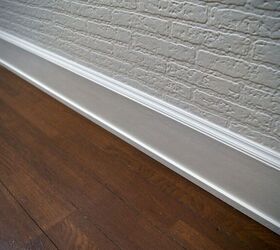

The research presented in this paper investigated the practical aspects of the recovery of platinum group metals (PGMs) from a dilute cyanide leach solution containing base metals, in a manner similar to that used for gold extraction in a typical CIP process, and focuses on both the adsorption and elution stages.

Where the economics merit it, copper can be easily recovered using solvent extraction or sulfide precipitation.

The leaching behaviour of various glycine based systems will be reviewed, followed by the evaluation of the adsorption of gold onto activated carbon. It acts synergistically with small amounts of cyanide to leach gold-copper ores at leach rates higher than either glycine or cyanide on their own, while significantly reducing cyanide consumption and eliminating detoxification requirements. It has the ability to dissolve most copper oxide and sulfide minerals, as well as native copper, whilst not interacting with acid consuming gangue nor dissolving iron and various or ubiquitous gangue elements. Glycine is a non-toxic, stable, environmentally benign reagent that is available in bulk industrial quantities. It has been shown that glycine acts synergistically with a number of other lixiviants to lower the net consumption of the other lixiviants while allowing low cost glycine solution recovery. The technology to selectively leach gold, silver and base metals from ores, concentrates, and wastes, using an alkaline glycine solution, has initiated significant interest in using the new technology in various environments such as in-situ, in-place, dump, heap, and vat and agitated tank leaching. The recoveries of precious and base metals by direct cyanidation, single stage glycine–cyanide leaching, and ammonia leaching were lower than the recoveries of these metals using the two-stage glycine and glycine–cyanide systems.įlowsheet of a two-stage glycine leaching method for metal extractions from waste PCBs proposed in this study In the two-stage glycine leaching system, gold, silver, zinc, lead and copper recoveries were 92.1%, 85.3%, 98.5%, 89.8%, and 99.1% respectively. The leach system remains alkaline throughout both stages of processing.
#BASE BOARDS FREE#
Gold and silver were then recovered in a subsequent leaching step using glycine and small amounts of cyanide (at starvation levels, implying no free cyanide is present). It was found that alkaline glycine solutions selectively dissolve copper, zinc, and lead over precious metals. In this study, glycine (amino acetic acid) or its salts is considered as a lixiviant in an alkaline environment for base and precious metals recovery from shredded and ground printed circuit boards (PCBs). Recently, a number of hydrometallurgical approaches have been considered in metals recovery from different electronic components. E-waste is usually either transported to landfills or processed by pyrometallurgical and hydrometallurgical processes. In addition, toxic and dangerous metals can and must be removed prior to repurposing, incineration or pyrolysis of the plastic substrates. One of the ways to cover the cost of waste processing (in addition to reducing the costs associated with landfill) is through recovery of metals. Electronic waste (E-waste) is accumulating rapidly globally and pose a significant environmental challenge.


 0 kommentar(er)
0 kommentar(er)
